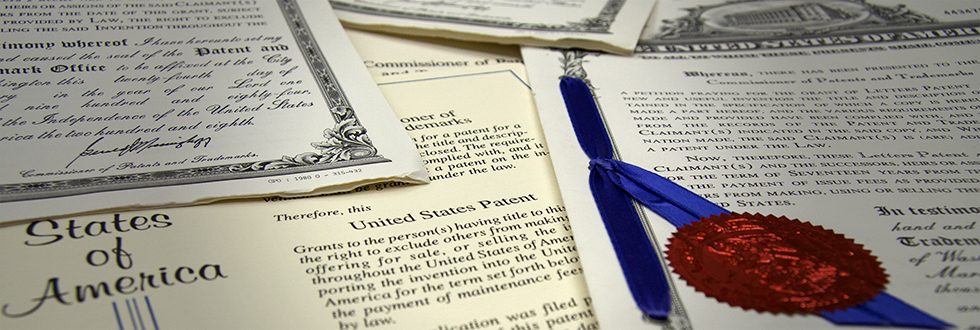
by Catherine Murari-Kanti, UNeMed | December 20, 2017
Part six of a series
What does UNeMed generally patent?
The United States Patent and Trademark Office issues three types of patents in the United States: utility, design and plants. Utility patents cover new and useful processes, machines, articles of manufacture or compositions of matter. Design patents cover new, original and ornamental designs for an article of manufacture. Plant patents cover new plant varieties.
Does UNeMed patent naturally occurring substances?
Generally, you cannot patent a naturally occurring substance. A natural substance only in its isolated form or a variation of the natural substance maybe patentable if the inventor is able to demonstrate substantial, non-obvious modifications that offer advantages of using that variant.
Who is an inventor? Who decides who can be the inventors on a patent?
It is important to note that authors on a publication don’t necessarily become inventors on a patent application. An inventor is anyone who takes part in the conception of the idea in the patent claims of the application. Willful misrepresentation of inventorship could lead to invalidation of intellectual property rights. UNeMed works with the patent attorneys to make sure the patent application has the appropriate inventors.
How are provisional patent application used?
Our inventors often have novel, non-obvious and useful ideas, and wish to share them at conferences or with potential licensees or investors. In such circumstances, once the invention is disclosed to UNeMed, a provisional patent application is filed as a protective place-holder to protect the University of Nebraska’s intellectual property. Provisional patent applications have a lifespan of one-year and are never prosecuted. This time allows the inventor to gather data while preserving patent rights. At the end of one year the data collected would allow UNeMed to prepare a non-provisional patent application.
What is the patent process at UNeMed?
UNeMed works with outside counsel to prepare and file patent applications. The patent attorney and licensing associates will review the patent application and confirm an accurate list of inventors. Once an application has been filed, it may take the USPTO anywhere between one and three years to respond. USPTO patent examiners rarely accept the application and issue the patent upon the first review. They almost always reject all or most of the claims listed in the application. The examiner’s written explanations for rejecting claims are called “Office Actions,” and a final resolution can sometimes take several years of back-and-forth between a patent attorney and the USPTO.
What about foreign or international patent protection?
Depending on the type of technology, UNeMed may file for a foreign patent to protect commercial rights in specific countries. Because patent laws vary in foreign countries, it’s not uncommon for an inventor to lose foreign patent rights because they did not first protect their innovation before publicly disclosing the invention.
What is the timeline and expense of patent protection?
A fair estimate is about three years or longer. Filing for a non-provisional patent can cost $10,000-$15,000, but they can soar much hig her. Patent prosecution and filing in foreign countries only add to the expense. For example, an invention with patents in the United States, China and Europe might accrue more than $40,000 or more in patent expenses.
Does UNeMed pursue patent protection in the absence of a licensee?
UNeMed will often take the risk of applying for a non-provisional patent application before a licensee is identified. If UNeMed can find a licensee during patent prosecution, further patent prosecution and expenses are passed on to the licensee.
What happens if I share an invention with another university?
The technology you develop with another inventor will be co-owned between the two Universities. The licensing team at UNeMed will file an inter-institutional agreement that will identify one of the universities to take lead on protecting and licensing.
Where can I go to get more information?
Contact UNeMed at unemed@unmc.edu with any questions. You can find more information on patents and intellectual property here and here.
This is part of a series of blog posts covering the many services UNeMed provides for faculty, students and staff at UNMC and UNO. Next up is our final installment, which will startups and licensing. Here’s the full list of topics:




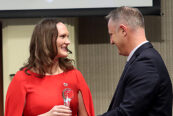



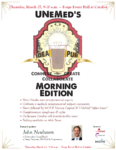
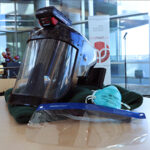
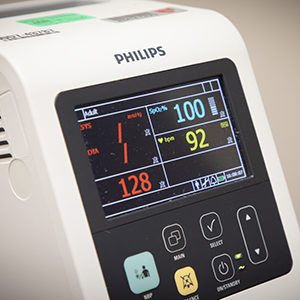
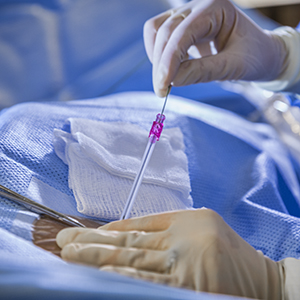
[…] Patents […]
[…] Patents […]
[…] Patents […]
[…] Patents […]